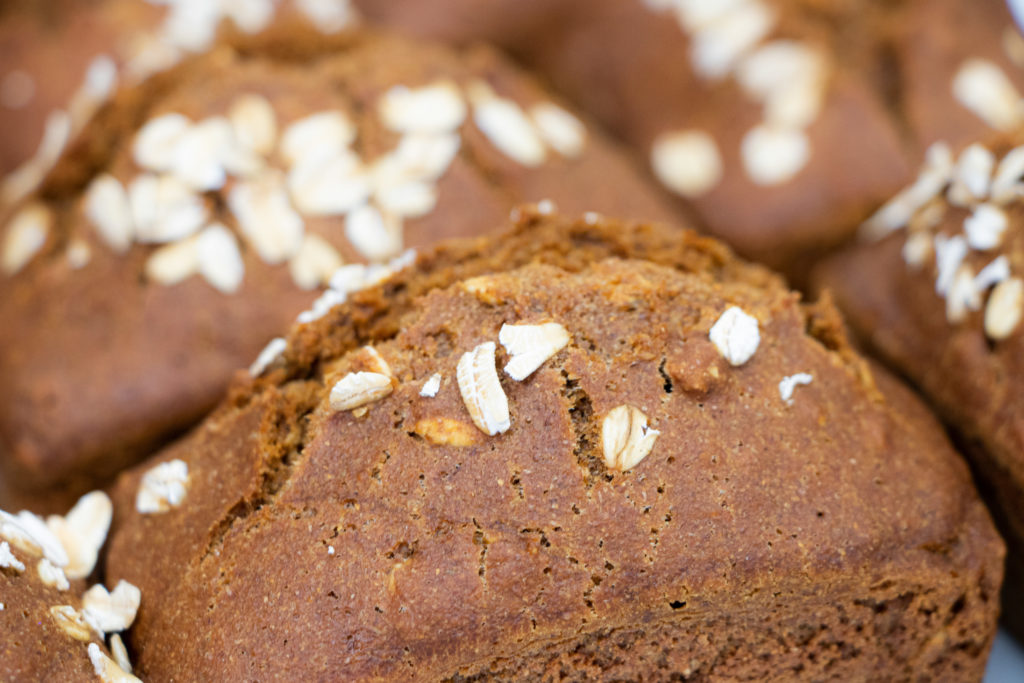Guinness Brown Bread Recipe in CVap®
In a recent Winston blog, we prepared a full Irish breakfast. One of the key ingredients of that breakfast was Guinness Brown Bread. We thought this wonderful, dark bread deserved an entry of its own. We based it on a lovely recipe found on Good Food Ireland’s website. This recipe takes a few liberties with […]
Guinness Brown Bread Recipe in CVap® Read More »



